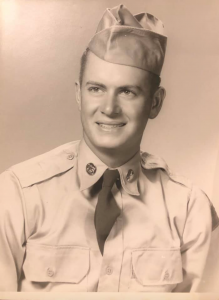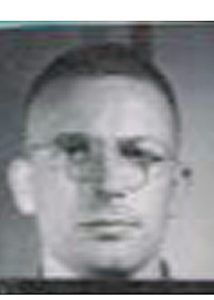
Floyd Lee Brunette, age 21, from Texas, Robertson county.
Service era: Korea
Date of death: Friday, July 10, 1953
Death details: On July 6, 1953, a large Chinese Communist Forces (CCF) unit attacked and overran the U.S. Army outposts on Pork Chop Hill in an attempt to seize whatever territory possible before the impending armistice agreement. After fighting for the position for four days, on July 10, the 7th Infantry Division Commander determined that the CCF disregard for casualties and desire to hold the outpost outweighed the position’s tactical value, and ordered a withdrawal that was eventually completed on July 11. The U.S. never again controlled Pork Chop Hill, preventing thorough recovery efforts for those who were killed or went missing during the fighting. Corporal Floyd Lee Brunette entered the U.S. Army from Texas and was a member of Company K of the 3rd Battalion, 32nd Infantry Regiment, 7th Infantry Division. He went missing in action on July 10, during the withdrawal from Pork Chop Hill, though exact circumstances surrounding his loss are unknown. He was never reported to be a prisoner of war, and his remains were not identified among those returned to the U.S. following the ceasefire. He remains unaccounted for. Today, Corporal Brunette is memorialized on the Courts of the Missing at the National Memorial Cemetery of the Pacific.
Source: National Archives, Defense POW/MIA Accounting Agency


